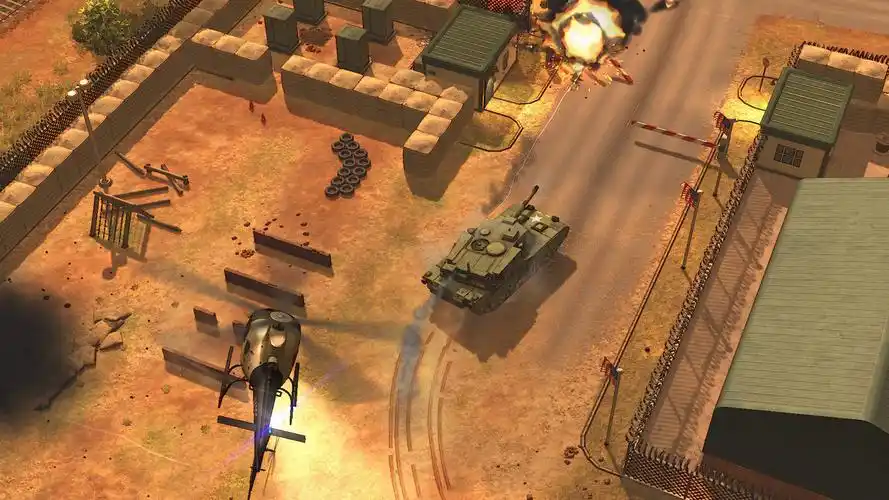Title: Beyond the Sign: How "Handicapped Restroom Sign Installer Simulator VR" Mount Missions Update Redefines Empathy in Gaming
The virtual reality landscape is often dominated by the fantastical: wielding lightsabers, exploring alien planets, or surviving zombie apocalypses. It’s a medium celebrated for its power to transport us anywhere. So, it was with a mix of curiosity and bewilderment that the gaming community first encountered Handicapped Restroom Sign Installer Simulator VR (HRIS VR). Initially perceived as a quirky, perhaps even satirical, entry into the burgeoning "job simulator" genre, its core gameplay of meticulously measuring, drilling, and mounting ADA-compliant restroom signs quietly revealed a surprising depth. Now, with its latest "Mount Missions" update, HRIS VR transcends its quirky premise to deliver one of the most unexpectedly profound and socially conscious VR experiences to date.
The update’s genius lies not in adding flashy new tools or exotic locations, but in deepening the narrative and mechanical context around the core task. The original game taught players the importance of precise placement—the specific height, the exact distance from the door, the tactile clarity of the raised international symbol. The "Mount Missions" update answers the question: Why does this precision matter?
The Mechanics of Mindfulness
At its heart, the Mount Missions update is about contextualized precision. Previously, a mismeasurement might result in a failed level or a grumpy foreman’s comment. Now, the game introduces a first-person "Accessibility Audit" mode. After completing an installation, you don the VR headset not as an installer, but as a diverse range of users.
You experience the space as Alex, a freelance photographer who uses a wheelchair. Your previously installed sign, placed a few inches too high, is now frustratingly just out of your clear line of sight. You have to strain your neck, awkwardly repositioning your chair, breaking the seamless flow of movement the ADA guidelines are designed to create.
In another mission, you become Ms. Chen, an elderly woman with low vision and arthritic hands. Here, the game’s haptic feedback comes to life. A sign mounted on a slightly protruding wall bracket, which you thought was "close enough," now snags the sleeve of her jacket. The raised Braille characters on a sign installed with paint-splattered haste feel muddy and indistinct under her fingertips. The feedback is no longer a simple "mission failed"; it’s a palpable, empathetic jolt.
These sequences are not punitive but illustrative. They transform abstract building codes into tangible human experiences. The game masterfully uses VR’s unique strength—embodied presence—to teach empathy not through lectures, but through visceral, first-person understanding.
A Narrative of Dignity
The update also expands the game’s narrative scope. You are no longer just a contractor fulfilling a work order. You are joining the team at "Inclusive Horizons Accessibility Solutions," a small firm dedicated to retrofitting public spaces. Your foreman, Maria, doesn’t just bark orders; she provides context.
Each new job comes with a brief backstory. You’re not just installing a sign at a generic restaurant; you’re helping a family-owned diner finally become compliant after a heartfelt conversation with a regular customer whose father could no longer visit. You’re upgrading the signage at a community theater that wants to ensure its productions are welcoming to all. The missions are tied to a sense of purpose that extends beyond a paycheck.

This narrative layer elevates the gameplay from a repetitive task to a series of meaningful contributions. The weight of the drill in your hand feels different when you know the person on the other side of the bathroom door relies on your accuracy for independence, safety, and dignity.
The Zen of Installation
Paradoxically, by focusing on such a specific, mundane task, HRIS VR achieves a state of VR Zen. The "Mount Missions" update enhances this further with a new "Expert Mode." This mode removes all UI assists—no glowing markers or guiding lasers. You must use real-world tools: a physical tape measure (mapped to your controllers), a spirit level, and a paper blueprint you can unfold and hold up to the virtual light.
The process becomes meditative. The satisfying whirr of the drill, the tactile click as the screw anchors into the drywall, the final step of peeling the protective film off the gleaming new sign—it’s a cycle of measurement, action, and completion that is incredibly grounding. In a world of chaotic open-world games, there is a unique peace in perfecting a single, purposeful skill. The update makes you appreciate the quiet craftsmanship that goes into building an inclusive world, one sign at a time.
Conclusion: A Quiet Revolution
The "Mount Missions" update for Handicapped Restroom Sign Installer Simulator VR is a quiet revolution in game design. It proves that profound impact doesn’t require epic scales or high-octane action. It demonstrates that VR’s greatest potential might not just be in taking us to places we can never go, but in helping us see the world we already inhabit through someone else’s eyes.
By marrying meticulous simulation with powerful empathetic narrative, the game does more than train you to install a sign. It trains you to see the hidden architecture of accessibility, to understand that compliance is not about checking a box for a legal requirement, but about weaving a thread of dignity and independence into the fabric of our shared spaces. It’s a must-play experience that will leave you not just a better virtual installer, but a more thoughtful and aware citizen of the real world.
Tags: #VRGaming #GameReview #SimulatorGames #EmpathyInGaming #Accessibility #VirtualReality #HandicappedRestroomSignInstallerSimulator #MountMissionsUpdate #ADACompliance #IndieGames


















